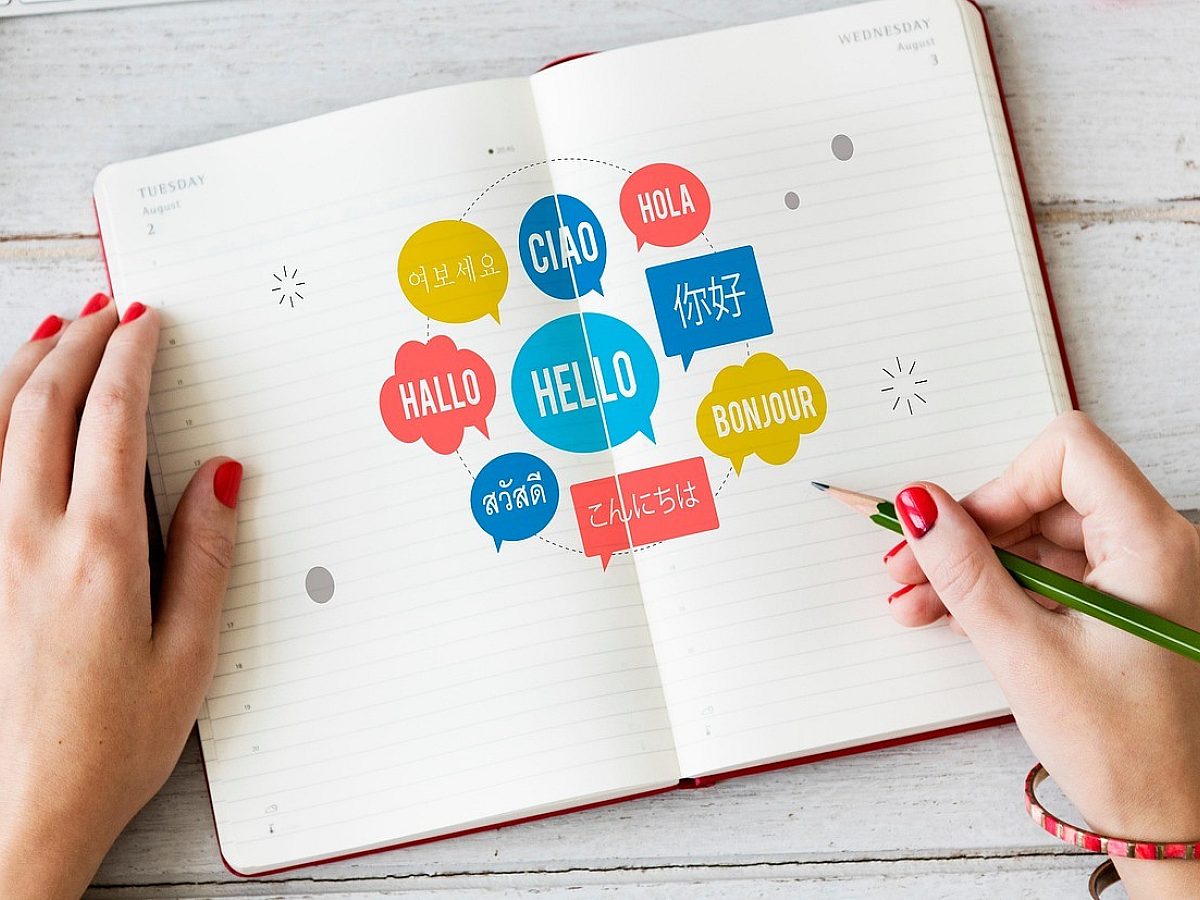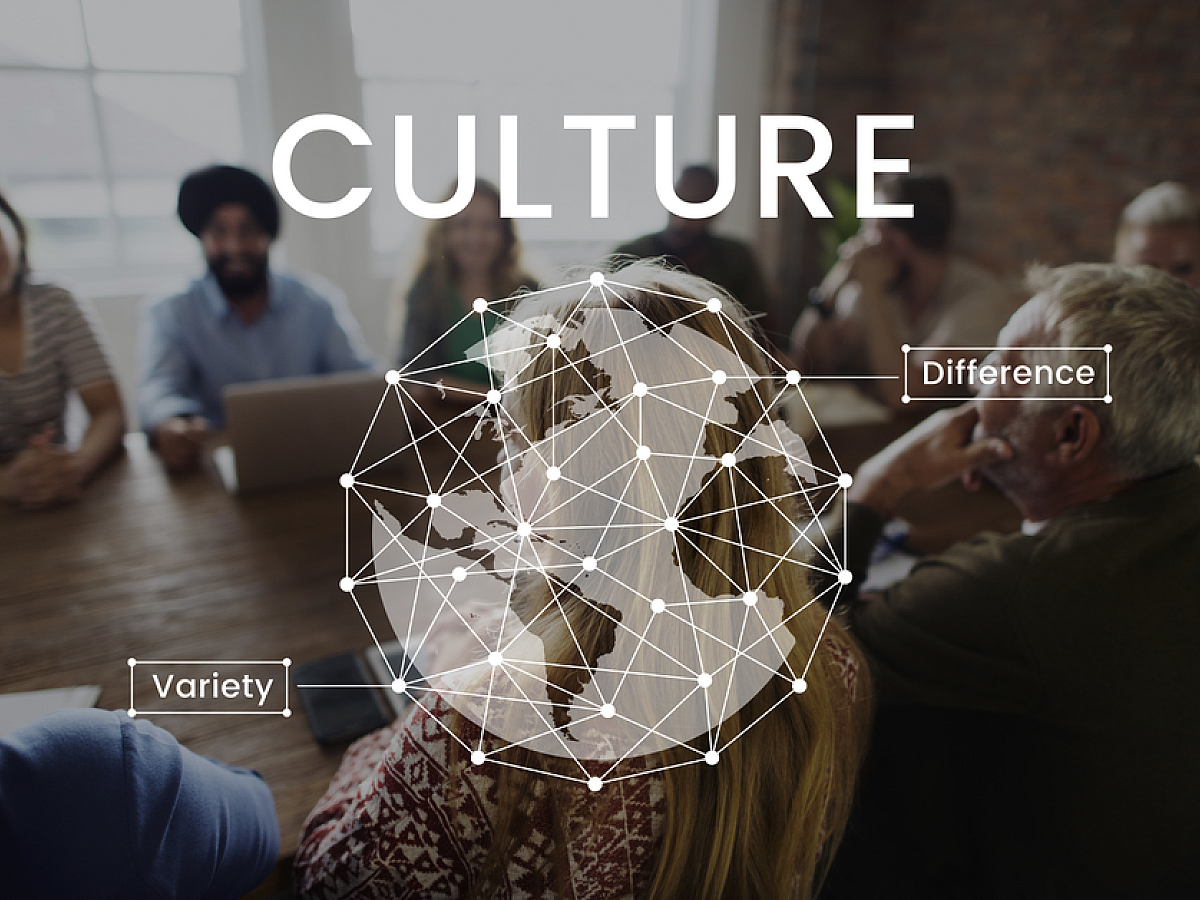Labels. Protocols. Packaging. Ensuring Accuracy in Life Sciences Translation
Welcome to The Localization Lab, where Wolfestone Group provides guidance on translating and localizing critical life sciences documents.
In this edition, we focus on labels, clinical protocols, and packaging materials — key documents where accuracy protects patient safety, ensures regulatory compliance, and keeps submissions on track with agencies such as the FDA and EMA.
🌐 Learn more at wolfestonegroup.com
Why Accurate Translation Protects Compliance and Safety
Life sciences documentation including labels, protocols, user manuals, and informed consent forms directly affects patient safety, regulatory compliance, and operational efficiency. Even minor errors in language can result in misinterpretation, delayed approvals, and compromised study outcomes.
Accurate translation ensures that:
Clinical teams can follow protocols without confusion
Patients understand dosing, procedures, and consent requirements
Regulators receive clear, compliant submissions
Global operations maintain consistency across multiple markets
Maintaining precise language is critical to meeting regulatory requirements, preventing errors, and supporting safe use of products.
What is at Stake
The consequences of inaccurate translation or localization are tangible:
Ethics committees may delay site activation due to inconsistent terminology in protocols and consent forms
eCTD submissions can be rejected if formatting or terminology is unclear, costing time and resources
Mislabeling or unclear instructions can trigger product recalls, safety notices, or regulatory enforcement
Confused patients or site staff can compromise enrollment, adherence, and study integrity
Each of these risks has financial, operational, and reputational implications for sponsors and partners.
How Errors Escalate
Small issues in translation often multiply across documents and languages:
A single term mismatch in a protocol can appear in consent forms, training guides, and site materials
Formatting errors in one language version may require correction in all other versions
Inconsistent regulatory phrasing can trigger multiple rounds of review by internal teams and external regulators
Without systematic controls, minor errors escalate into program-wide delays, increase workload, and attract regulatory scrutiny.
Compliance-Driven Translation: Essential Processes and Best Practices
Translation in life sciences requires structured processes to ensure accuracy, compliance, and patient safety. High-stakes documents such as labels, protocols, manuals, and consent forms must follow defined workflows to reduce resubmission risk, maintain compliance, and support safe use in regulated markets.
Non-Negotiable Processes:
Controlled terminology and glossary creation at project kickoff: Ensure every target language uses the same approved phrase for critical medical terms, stored in a translation memory.
Subject-matter linguists for primary translation: Use translators with documented experience in clinical trials or medical devices to ensure contextual accuracy.
Bilingual clinical or regulatory review: Ensure the translation conveys the correct clinical or regulatory meaning, with signoff from the designated sponsor reviewer.
Submission-ready desktop publishing and file packaging: Ensure eCTD structure and formatting meet technical conformance checks before transmission.
Secure data handling and documented quality records: Comply with audit requirements and information security standards such as ISO 17100, ISO 9001, and ISO 27001.
Version control and change propagation: Updates in source files must propagate correctly across all localized versions to prevent inconsistencies.
Practical Checklist for Teams
Kickoff Stage:
Create a bilingual glossary and lock key terms.
Identify the internal clinical or regulatory reviewer and confirm availability.
Map all deliverables that require localization and flag materials for simultaneous translation.
Pre-Translation Stage:
Export source files with clean numbering and segment control.
Prepare a style brief covering locale-specific conventions and US labeling rules.
Translation Stage:
Apply translation memory and term-base checks.
Assign subject-matter linguists for clinical or device content.
Review and Packaging Stage:
Conduct bilingual clinical or regulatory review and collect signoff.
Perform desktop publishing checks for pagination, numbering, and formatting.
Run eCTD or submission technical conformance checks.
Post-Submission Readiness:
Archive translation memory, glossaries, and review notes for audit purposes.
Track KPIs such as number of ethics queries, first-pass eCTD validation rate, and label rework incidents.
How We Support Life Sciences Teams
Wolfestone Group delivers ISO-certified translation and localization services tailored to life sciences. Our teams combine subject-matter expertise, project management oversight, and regulatory knowledge to ensure documents are accurate, compliant, and submission-ready.
We support translations and localizations for:
Informed Consent Forms (ICFs)
Clinical trial protocols and investigator brochures
Drug labels and packaging
User manuals and device instructions
eCTD submissions and regulatory dossiers
Quote
“When documents aren’t accurate, delays and rework follow. We ensure labels, protocols, and packaging are translated and reviewed correctly, helping teams stay on schedule and maintain regulatory compliance.”
Conclusion
Labels, protocols, and manuals should be treated as compliance-critical documents from the start. Implement controlled terminology, bilingual clinical review, submission-ready packaging, and secure, auditable processes to reduce regulatory delays, prevent errors, and ensure patient safety.
By applying these best practices, your team can streamline approvals, minimize rework, and maintain consistency across all markets.
For submission-ready translation or a compliance review of your localized materials, Wolfestone Group can provide expert support.
📞 Contact us at (410) 844-3196
🌐 Visit wolfestonegroup.com






